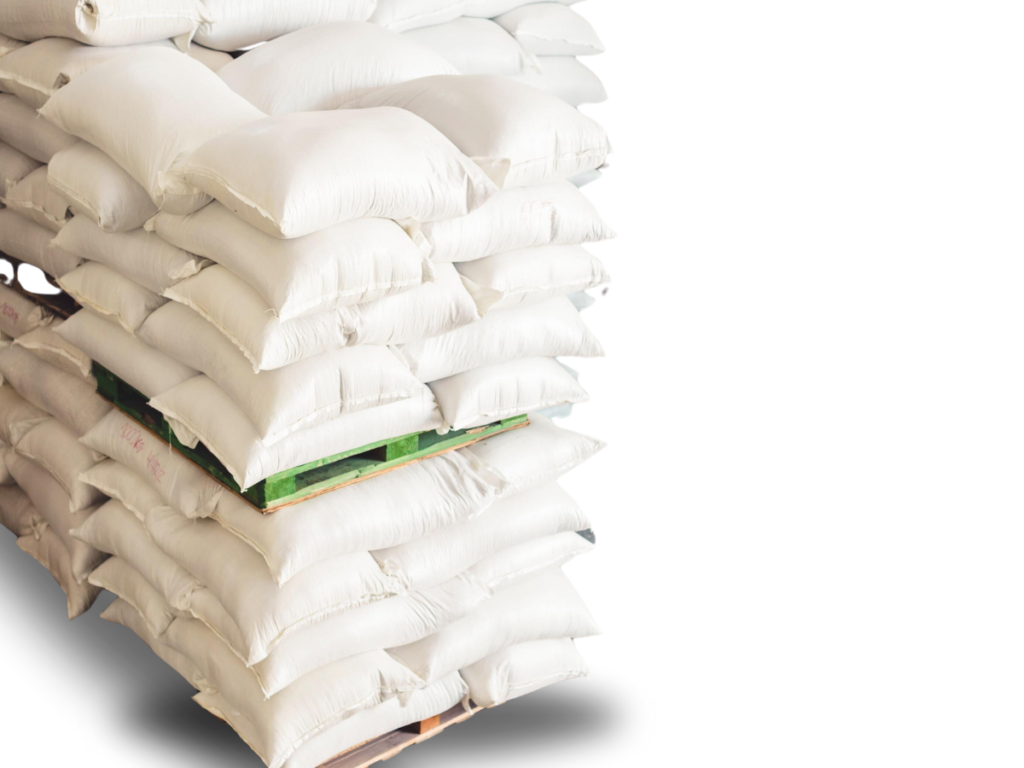Sandbags may seem like simple tools, but their versatility and effectiveness make them invaluable in various applications.
Two of those common applications are erosion control and construction projects.
Whether you’re protecting your property from erosion or reinforcing structures, knowing how to utilize sandbags correctly can save you time, money, and headaches.
Read on to explore expert strategies for using sandbags in erosion control and construction.
Understanding the Basics
Before diving into advanced strategies, let’s cover the basics of sandbags.
Talking about the manufacturing of sandbags, they are generally made using burlap fabrics or woven polypropylene. They are then filled with soil.
Their purpose is to provide a barrier against water, soil erosion, and other environmental hazards. Sandbags are inexpensive, readily available, and easy to deploy, making them a popular choice for various applications.
Erosion Control Techniques
Terracing:
Several areas are vulnerable to soil erosion. In such areas, sandbags can be really useful. They can be used to create terraces to slow down the flow of water, preventing soil from washing away.
Stack sandbags in a step-like fashion along the slope, gradually building up the terrace. Ensure each layer is firmly packed and securely anchored to prevent collapse.
Channel Lining:
When dealing with runoff channels or ditches, lining the banks with sandbags can prevent erosion and stabilize the soil. Place sandbags along the edges of the channel, overlapping them slightly to create a continuous barrier. For added stability, drive wooden stakes through the sandbags into the ground.
Gabion Construction:
Gabions are wire mesh baskets filled with rocks or other materials used to stabilize slopes and control erosion. By incorporating sandbags into gabion structures, you can enhance their effectiveness and reduce costs. Fill the wire mesh baskets with alternating layers of sandbags and rocks, ensuring a tight fit to prevent shifting.
Vegetation Support:
Sandbags can also be utilized to support vegetation in erosion-prone areas. By placing sandbags around the base of plants or along stream banks, you can provide stability and protection against soil erosion. This technique is particularly useful in areas where traditional erosion control methods may not be feasible.
Diversion Channels:
In situations where water flow needs to be redirected to prevent erosion, sandbags can be used to create diversion channels.
Stack sandbags along the desired path of the water, forming a barrier that guides it away from vulnerable areas. Make sure the diversion channel is properly sloped to encourage water flow away from the erosion-prone area.
Temporary Barriers:
During construction projects or natural disasters, temporary erosion control barriers are often needed to protect vulnerable areas. Sandbags are an ideal solution for creating these barriers quickly and effectively.
Stack sandbags in layers to form a sturdy barrier around the perimeter of the area requiring protection. Once the threat has passed or the construction is complete, the sandbags can be easily removed.
Slope Stabilization:
Steep slopes are particularly susceptible to erosion, especially during heavy rainfall or high winds. Therefore, sandbags are used to stabilize slopes. It creates a barrier to hold the soil in place, thereby preventing soil erosion.
Stack sandbags along the base of the slope, gradually building upwards to reinforce the stability of the slope.
Construction Applications
Foundation Protection:
During construction or renovation projects, protecting foundations from water damage is crucial. Placing sandbags around the perimeter of the foundation can create a temporary barrier against water infiltration. One common practice is the staking of the sandbags in layers. This way, they create a continuous barrier.
Flood Prevention:
In flood-prone areas, sandbags are often used to create temporary levees and barriers to divert water away from buildings and infrastructure. Sandbags are generally placed in the pyramid or staggered pattern. Keeping them in this pattern interlocks them, thereby creating a stable structure. Make sure the base is wider than the top to prevent collapse.
Temporary Structures:
Temporary constructions like roadblocks, obstacles, and retaining walls can also be made with sandbags. For stability, arrange the sandbags in a staggered arrangement, switching orientations with each layer.
Compact the bags firmly as you build, and consider reinforcing critical points with additional layers or stakes.
Tips for Effective Deployment
Proper Placement:
When deploying sandbags, ensure they are placed strategically to maximize their effectiveness. Pay attention to the slope, drainage patterns, and potential sources of erosion or water flow.
Firm Packing:
Properly packing sandbags is essential to their stability and effectiveness. Use a tamper or the back of a shovel to compact the sandbags firmly as you stack them, removing any air pockets and creating a solid barrier.
Regular Maintenance:
Monitor sandbag structures regularly and make any necessary adjustments or repairs to maintain their integrity. Replace damaged or deteriorating bags promptly to prevent erosion or structural failure.
Conclusion
Sandbags are versatile tools that play a vital role in erosion control and construction projects. By understanding the principles of proper deployment and utilizing expert strategies, you can harness the full potential of sandbags to protect your property, stabilize slopes, and mitigate environmental hazards.
Whether you’re tackling erosion on a hillside or fortifying your property against flooding, incorporating sandbags into your plans can provide cost-effective and reliable solutions.
So, the next time you embark on an erosion control or construction project, remember to consider the expert strategies outlined in this blog post and make the most of this simple yet powerful tool: the humble sandbag.





